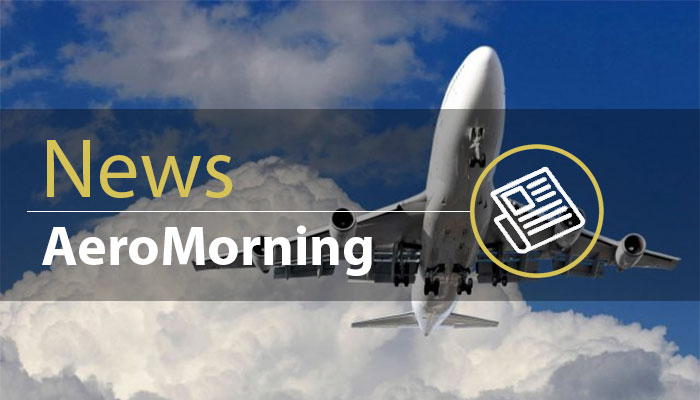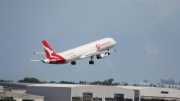Airbus spends an average of €2.5 billion a year on research, particularly on flight safety. UpNext, a wholly-owned subsidiary of Airbus, is one of the key players in this area, and its mission is to “mature” and “accelerate” innovations for the group through demonstrators.
For its latest project, “DragonFly”, the Upnext team drew on technologies from the space, aeronautics, drone, automotive and digital sectors, in short, to put into practice the “cross-fertilization of innovative sectors” in its products.
Jean-Louis de Menorval, aircraft architect for the DRAGONFLY demonstrator, explains that its primary mission is to develop a new solution to increase the safety and efficiency of air operations. The DGAC and Onera are participating in its development, and Thales is involved in the cockpit, Collins in a new radar, and Cobham in VHF communications, to name just a few.
Of course, technological building blocks such as automatic landings or those explored for the ATTOL (Automatic Taxiing, Take Off and Landing) demonstrator, exist and contribute to the result, but the DRAGONFLY, whose development was initiated at the end of 2020, is revolutionary in the sense that it assembles and completes these technological bricks with others to create a system capable of automatically managing a trajectory diversion, landing without an ILS (Instrument Landing System), or assisting pilots during taxiing at complex airports.
In terms of diversion assistance, Dragonfly technology has successfully enabled the aircraft to take full control of itself during a test flight, analyze its environment using cameras and sensors, and build a trajectory to ensure guidance. DragonFly made it possible to communicate with the control tower via voice synthesis, so as not to interfere with the surrounding air traffic. The usual activity of the air traffic controllers, who were trained by Airbus for this exercise, was only minimally affected. The solution should not in any way disrupt the traditional air traffic control function. This Dragonfly solution, which is intended to be implemented throughout the Airbus fleet, has received very positive feedback, as it is very useful in the event that pilots are unable to ensure flight continuity (suffocation, illness, etc.).
For the automatic landing capability without ILS, Dragonfly has been exploring vision-oriented artificial intelligence technology to refine and extend the technology tested by ATTOL in wider weather conditions. The ongoing tests are expected to deliver results by April 2023, the project’s deadline. With this solution, the aircraft could land anywhere and anytime, with autopilot engagement for landing.
Finally, the pilots should see their tasks greatly assisted during the taxiing phase. Taxiing being one of the most delicate tasks in airports, Dragonfly, as on cars, proposes for taxiing a set of functions to monitor the risk of collisions, with alarms triggered, all in collaboration with the control tower, which would make Dragonfly a potential “security” in addition at this stage.
Dragonfly, a very nice name for a piloting system that means “dragonfly”, could become the emblem of tomorrow’s piloting.
Nadia Didelot for AeroMorning









Be the first to comment on "Airbus prepares for the new era of flight"